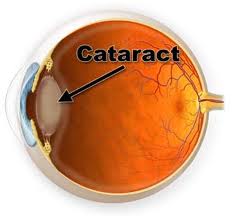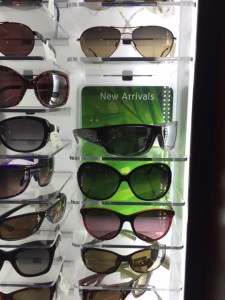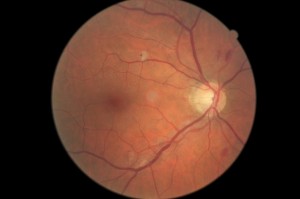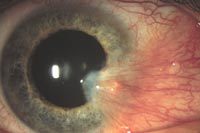Cataracts are typically caused by age. Sometimes, ultraviolet exposure, smoking and medications can speed their development. If you live long enough, cataracts will develop.
Cataracts are located inside your eye. The lens becomes yellow and cloudy. Symptoms tend to occur gradually with night time glare, blur and color changes.
Cataracts can also cause changes in your glasses prescription. Usually the eyes become more nearsighted. If vision can be improved with glasses a new prescription is written. At some point even new glasses can’t correct the vision and surgery is the best alternative. Cataract surgery is the most successful and commonly performed surgical procedure in the United States.
New technologies have improved implant options. The intra-ocular lens (IOL) replaces the cloudy crystalline lens (cataract) that is causing vision impairment in your eye. “Premium” IOLs include options to correct astigmatism and presbyopia. this can reduce the need for glasses after cataract surgery.
Nearly 20% of Americans over 40 years old have cataracts in one or both eyes. Schedule an eye examination so an accurate diagnosis can be made.

 Sunglasses are important for preventing keratitis (a burn on the cornea surface) and aging effects such as cataracts,
Sunglasses are important for preventing keratitis (a burn on the cornea surface) and aging effects such as cataracts,  is dangerous too.
is dangerous too. So what does this have to do with eyeballs? Unfortunately smoking contributes to many ocular conditions such as cataracts,
So what does this have to do with eyeballs? Unfortunately smoking contributes to many ocular conditions such as cataracts, 
 retinopathy.
retinopathy.


